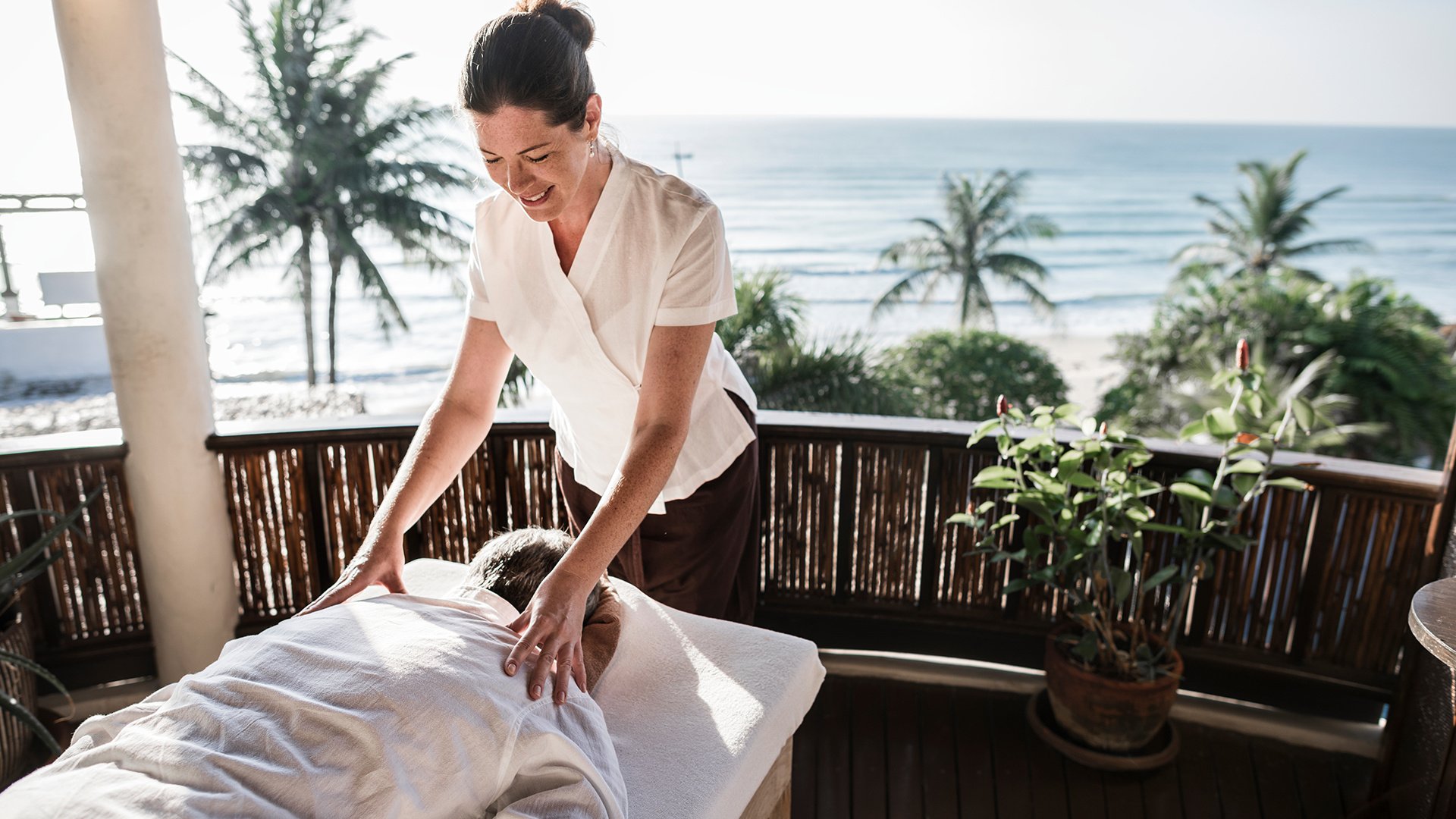As wellness tourism surges in popularity, hotels and resorts are rethinking their approach to spa management, moving beyond traditional operations and turning to innovative, data-driven strategies are enhancing guest experience, streamlining operations, and increasing spa profitability.
With wellness tourism projected to hit a record $1 trillion in 2024, according to the Global Wellness Institute, it’s clear that this sector is becoming a major growth area for the travel industry, outpacing general tourism recovery rates and driving significant guest spending.
By leveraging data insights from multiple sources and refining operations, hoteliers can position their spas as essential revenue drivers.
Harnessing Data to Optimize Spa Operations
Hotel spa revenue management is evolving at near the same pace as food-and-beverage revenue management, according to Niki Johnson, Chief Product Officer at Otelier.
“With spa, there are extra operational and staffing considerations that create complexities, but there are also more levers to pull from a pricing and packaging standpoint,” Niki says. “With many of our customers, we analyze similar types of data as we would in F&B – such as duration, type of service, and profitability of that service – to help customers optimize spa operations.”
One of the most effective ways to unlock spa revenue is by centralizing data across departments – including rooms, food and beverage, golf, and retail – to get a comprehensive view of guest behavior and lifetime value. With a unified data approach, hotels can create personalized offers that resonate with guests based on past spending patterns. This not only strengthens guest loyalty but also drives revenue through cross-departmental promotions, such as offering spa packages to guests with golf bookings.
Optimizing Spa Availability with Demand Forecasting
Accurately forecasting demand is also essential for maintaining profitability in the spa department. Spa operators can use external data like flight schedules and web-search behavior to anticipate high-demand periods, allowing them to adjust pricing and optimize staffing levels.
Incorporating weather forecasts is another key strategy.
“Weather data predicting an incoming storm could trigger a promotion to invite golfers to book a spa treatment instead,” Johnson says. “Tethering these data points together is critical to the process.”
Ed Nickelson, Director of IT at Pinehurst Resort, said on a recent webinar that dynamic pricing has transformed their spa operations.
“It’s a complicated process, matching therapists with the right guests while maximizing the space,” he said. “Dynamic pricing allows us to adjust rates based on peak demand, ensuring we make the most of high-traffic periods.”
Aligning staffing with demand not only prevents overstaffing during slow periods but also ensures a seamless guest experience during peak hours. By identifying trends in booking patterns by time of day and day of the week, hotels can fine-tune their operating hours, ensuring resources are used efficiently.
Implementing Data-Driven Strategies to Boost Hotel Spa Revenue
Using a business intelligence platform like Otelier IntelliSight, hoteliers can centralize the data from the systems across their resort – revenue management, CRM, point-of-sale, and accounting – providing spa operators with actionable insights to improve profit margins. Some strategies include:
- Enhance demand forecasting: Use third-party demand indicators like flight schedules, weather forecasts, and online shopping data to fine-tune scheduling and pricing.
- Optimize spa availability: Adjust operating hours and pricing based on booking patterns and occupancy trends to better capture demand and minimize downtime.
- Identify peak and quiet periods: Align staffing levels with forecasted demand to prevent over- or understaffing.
- Measure treatment performance: Evaluate the profitability of specific treatments to refine the spa menu.
- Evaluate employee performance: Monitor therapist and attendant performance to enhance efficiency, guest satisfaction, and revenue per employee.
- Link performance to guest satisfaction: Track metrics such as revenue per hour and upselling efforts to understand their impact on guest satisfaction scores (GSS).
Customer Success: Data in Action at Leading Spa Resorts
Using integrated data to inform spa revenue strategy has opened new opportunities for several leading hotel companies.
At Miraval Resorts & Spas, Cecil Hopper, AVP of Revenue Optimization and Feasibility, says the ability to look at granular data quickly helps his team make better decisions on spa menu construction.
“We operate off a metric we call RevPOG – Revenue Per Occupied Guest – and we take the total revenue from all outlets and compare it to the number of guests that are serviced in the hotel,” Hopper says. “PMS reports often have aggregated outlet data, but nothing at a granular level. What we find beneficial is the integration with spa, programs, and golf, and the willingness to ingest new data sets, such as call-center data."
By aggregating data across outlets and embracing new datasets like call-center insights, Miraval has unlocked deeper insights into guest behavior.
Meanwhile, Mandarin Oriental’s transition to a modern business intelligence platform helped them move beyond cumbersome spreadsheets, and now the company uses data to determine everything from retail pricing to number of spa tables in a room. Sofia Baglini, Commercial Insights Manager at Mandarin Oriental, says, “We wanted to transition from Excel spreadsheets into more advanced business analytics to gain a better understanding of our business and the data behind it. I knew I wanted a clean format that was easy to read, and it was a natural improvement from our existing reports.”
Turning Spa Insights into Action with Business Intelligence
The hospitality industry’s growing focus on wellness offers hotels an opportunity to transform their spas into dynamic, data-driven revenue centers.
Implementing a centralized business intelligence platform enables spa operators to track performance across key metrics and quickly identify areas for improvement. From staffing optimization to treatment profitability analysis, BI tools offer the insights needed to align operations with demand and guest expectations.
Discover how Otelier IntelliSight will allow you to unlock the full potential of your data, driving profits and ensuring seamless operations in the spa department.











